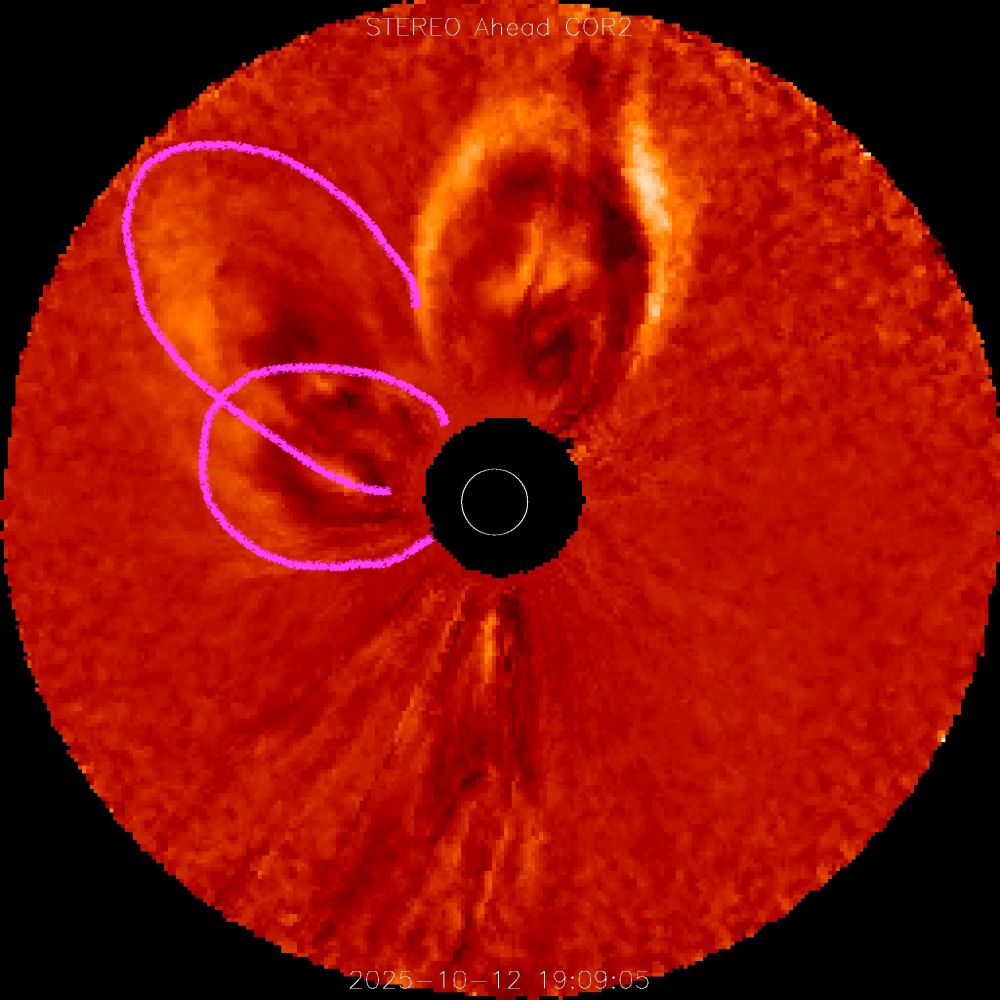Marko Rummelsburg
@markorummelsburg.bsky.social
41 followers
96 following
200 posts
Polymath, Space Weather Enthusiast, Berlin ☞ raumwetter.de #AuDHD 🏳️🌈
Posts
Media
Videos
Starter Packs















